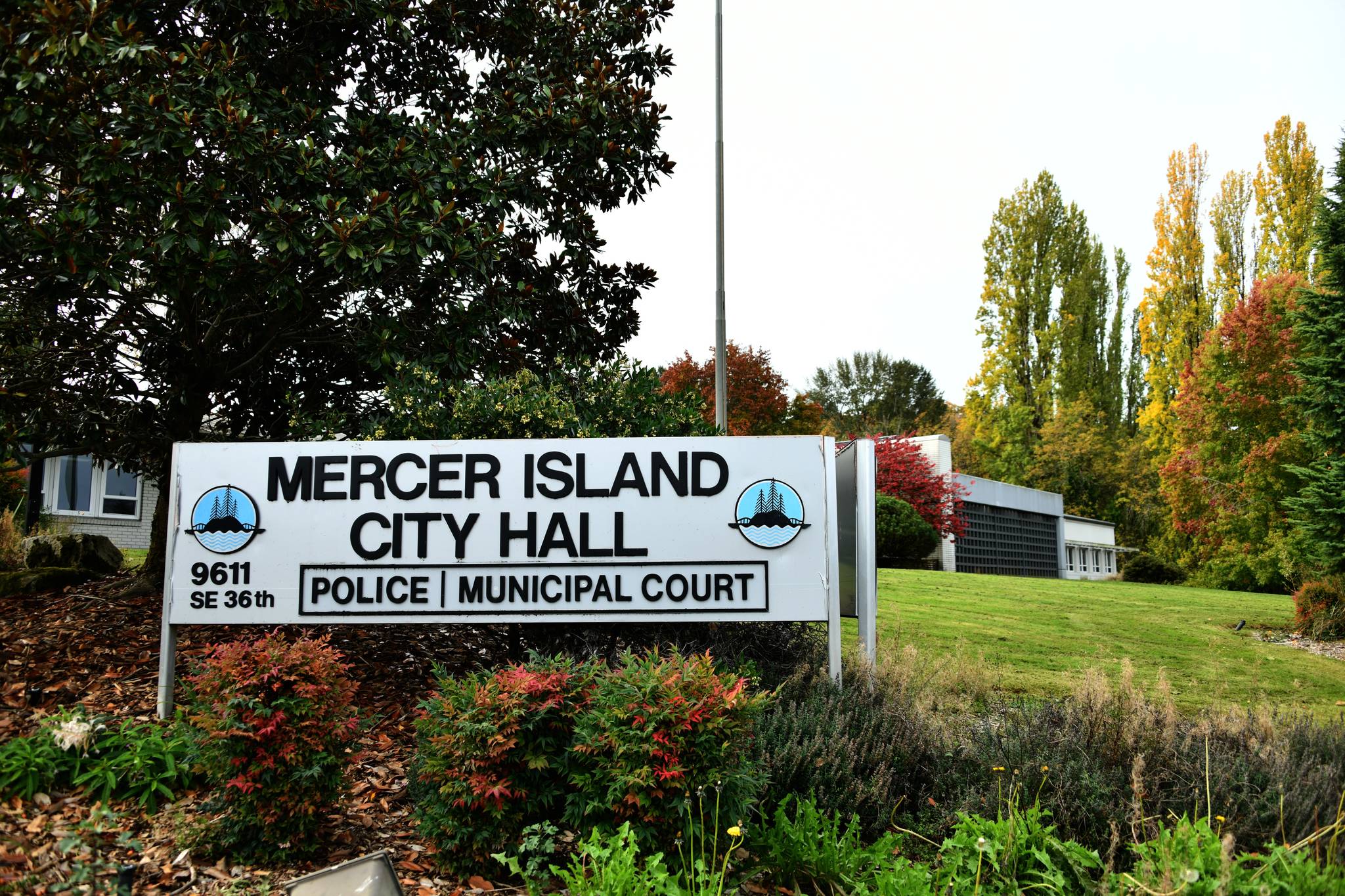All signs point toward the Mercer Island Planning Commission’s draft sign code update packet being presented to the city council at its Sept. 21 meeting.
At its July 28 meeting, the commission engaged in a lengthy deliberation of the amended draft sign code with Deputy Community Planning Development Director Alison Van Gorp before giving it the stamp of approval to send the packet on its way for a first reading at the council meeting, which will begin at 5 p.m.
Van Gorp, who completed the revisions to the 16-page draft code amendment this month, said the final planning commission recommendation will be available on the city website by Sept. 16.
Some of the general provisions regarding temporary signs in the draft note that they can’t be placed on private property without permission of the owner, they must be unlit and they may not obstruct vehicular traffic.
At the planning commission meeting, Van Gorp noted: “In general, we added provisions that say signs may not obstruct sidewalks, sight lines, bicycle facilities and bus stops. We added setback distances from driveways, roads and sidewalks. Prohibited signs in places like medians and roundabouts and traffic circles.”
According to the draft, signs are prohibited in parks, except as permitted in the parks code MICC 9.30.040, Van Gorp added. As an example of signage that was permitted by the parks department, Van Gorp explained that a special event permit was issued for the Juneteenth installation at Mercerdale Park since it was a large display with a philosophical message and was carried forth in association with a community-wide event.
Some objectives of Town Center signs, according to the draft, are that they must be distinctive, finely crafted and designed to enhance the aesthetics of the Town Center and to improve pedestrian and motorist safety. Lighted Town Center signs should be of high quality and durable materials, distinctive in shape, and designed to enhance the architectural character of the building.
“The light should shine only onto the sign and not be directed up and beyond or otherwise around the sign,” Van Gorp recommended at the meeting.
Some examples of prohibited permanent signs are those that are roof-mounted, are animated and flashing, feature balloons and figures, and include phone numbers.
On the A-frame front, businesses may post one well-maintained sign daily during business hours within 100 feet of the primary street level entrance of its building.
“The update to the sign code is primarily focused on complying with the Supreme Court ruling in Reed v. Town of Gilbert,” Van Gorp said. “Also included are a few updates recommended by city staff, based on issues that have arisen in permit review. The planning commission discussed the recommended code amendment extensively to provide a thoughtful and well-reasoned update.”
Planning commission chair Dan Hubbell added: “Based on the thoughtful discussion and ideas we had as a commission through this process, the community may wish to consider a more thorough review in the future to address rapidly changing sign technology, scenarios of sign usage and evolving community standards which were out of scope for this update.”
According to the First Amendment Encyclopedia in the Reed v. Town of Gilbert case in 2015, “the U.S. Supreme Court unanimously invalidated an ordinance that treated signs differently based on their content.” The case involved a pastor in Gilbert, Arizona, who posted signs noting when church services would be held at various locations and was said to violate the town’s sign code.


